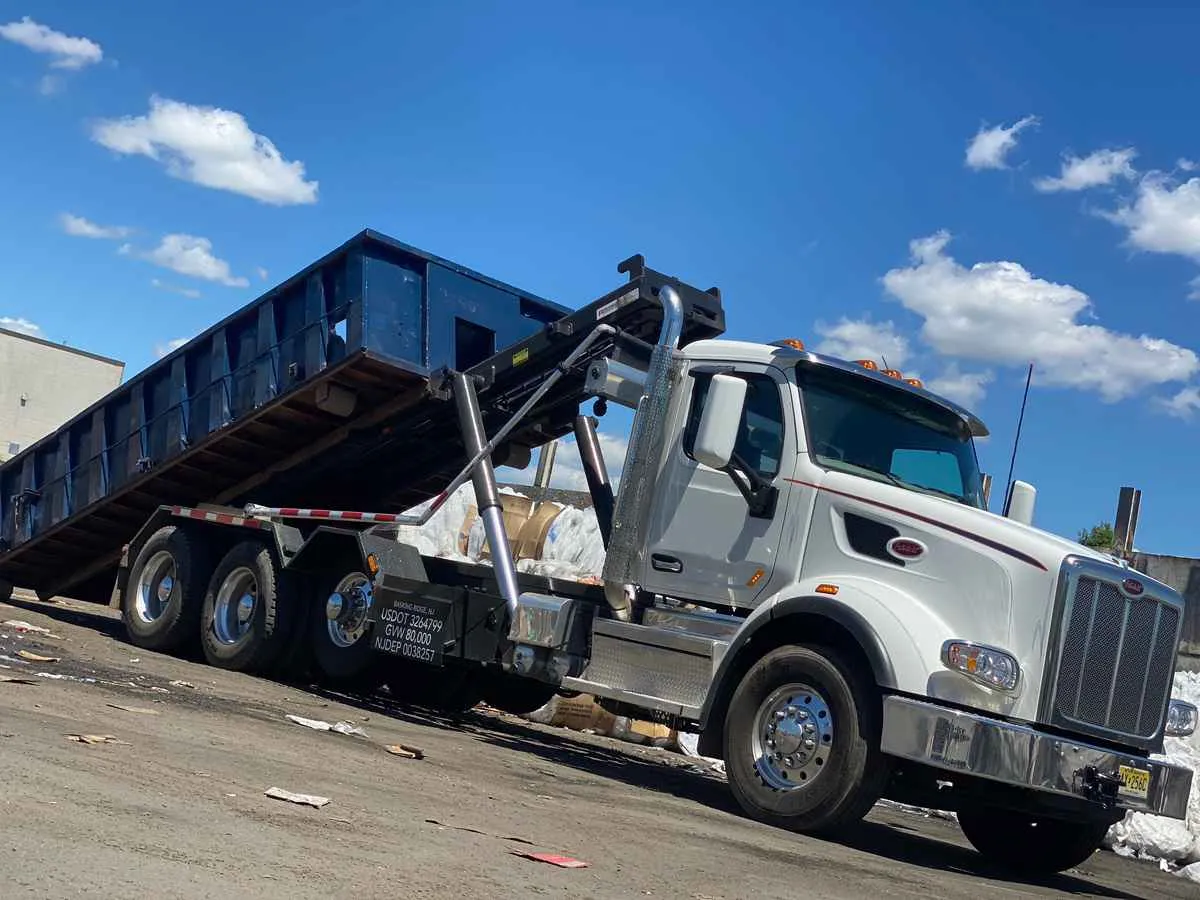Bagsters are designed to handle household and construction waste, but there are limits to what can be disposed of in these bags.
According to Waste Management, Bagsters cannot take in hazardous materials, appliances, electronics, or yard waste. Appliances and electronics, such as refrigerators and televisions, contain hazardous components that require special handling and disposal and cannot be placed in a dumpster bag.
Additionally, materials like yard waste — such as tree branches, leaves, or grass clippings — are not allowed in Bagsters. These types of waste require specialized composting or mulching facilities to prevent contamination and promote proper decomposition.
In contrast, traditional dumpsters can accommodate a broader range of waste types, including appliances, electronics, and yard waste.
Some dumpster rental companies have specific guidelines for what can and cannot be disposed of in their containers, but the range of acceptable waste types is typically broader than what is allowed in Bagsters.
For more versatility and freedom in discarding the trash, a traditional roll-off dumpster may be a more practical option.
What Can You NOT Put In A Bagster?
Items that cannot go in the Bagster dumpster bag rental are:
Similar to a roll-off dumpster, all hazardous waste is prohibited from being thrown out in a dumpster bag rental.
Additionally, all of the above items are not allowed in a Bagster and must be taken to a special facility for dumping or picked up by your local municipality's hazardous waste department.


Receive product updates, news, and helpful articles.